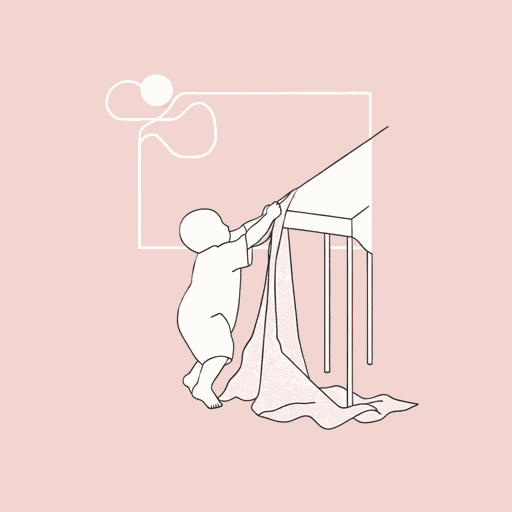18 pages • 36 minutes read
Wisława SzymborskaA Little Girl Tugs at the Tablecloth
Fiction | Poem | Adult | Published in 2002A modern alternative to SparkNotes and CliffsNotes, SuperSummary offers high-quality Study Guides with detailed chapter summaries and analysis of major themes, characters, and more.
Symbols & Motifs
Boundaries and Edges
The situation and the present tense verb in the title of “A Little Girl Tugs at the Tablecloth” hints that the poem takes place under minor threat, in a place where things verge on happening. The little girl’s experiment focuses on the movement of things from one place to another, the transference of matter across borders. The tablecloth itself constitutes boundaries; its function as an object designates area. The child’s actions bring the object to “the brink” (Line 19), the table edge, the boundary between the realm of the table and the unknown for the child and for the objects. The child imagines the objects might explore other boundaries: “the ceiling” (Line 20) and “the windowsill” (Line 22), the gateway to the outside world. “Mr. Newton” (Line 23), however, cannot breach the boundary between “the heavens” (Line 24) and the child’s world, because the speaker preserves the child’s innocence of rules, beliefs, and philosophies. In that way, the speaker, the child, and by extension the reader, remain free to test any and all boundaries, through experiments both physical and imaginative.
Related Titles
By Wisława Szymborska




